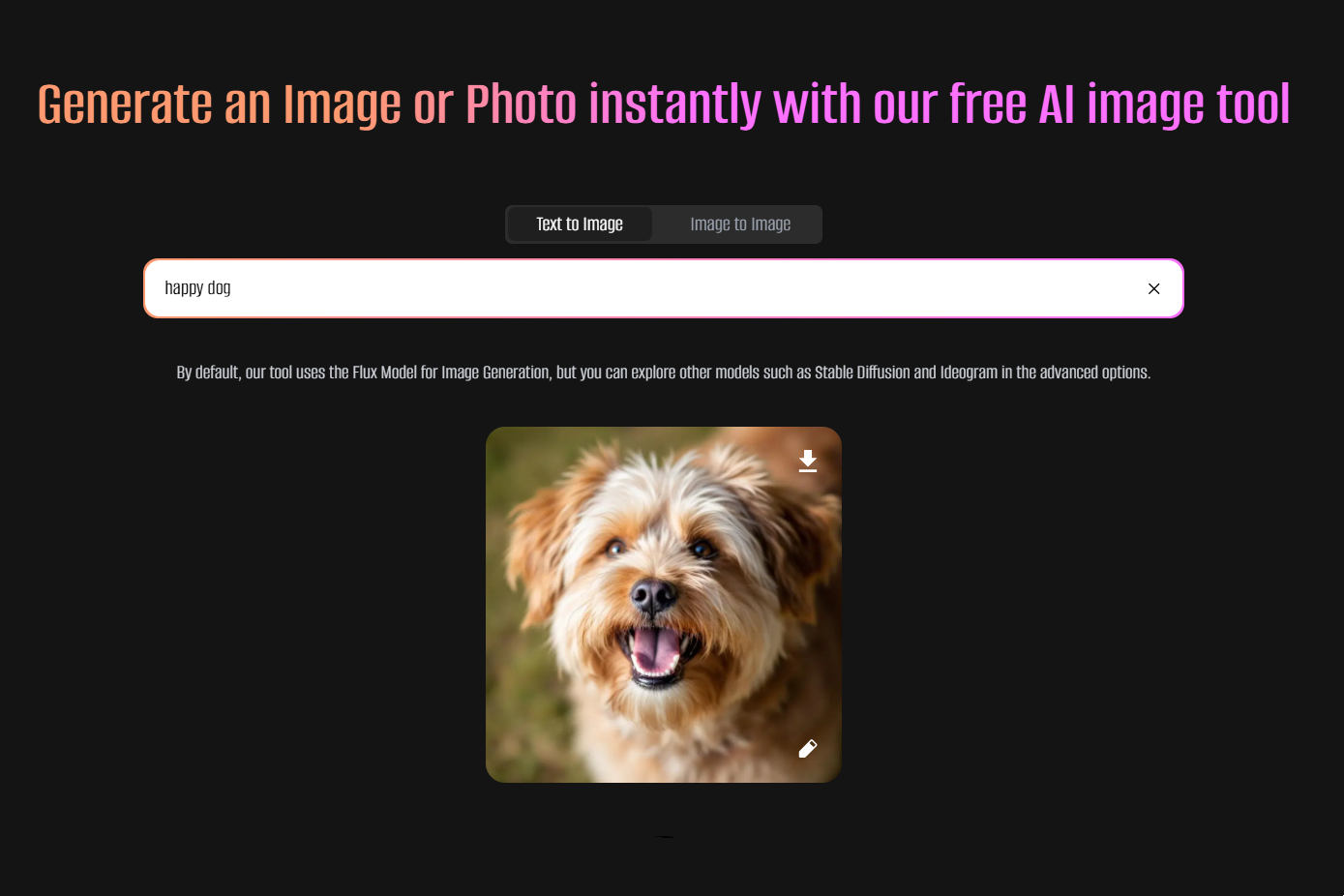Understanding false positives within Turnitin’s AI writing detection capabilities
TLDRDavid Adamson, an AI scientist at Turnitin, discusses the company's new AI writing detector for instructors. The tool prioritizes precision to ensure reliability, potentially leading to missed AI-written content but aiming for a low false positive rate. The evaluation set includes diverse academic documents, and the detector is fine-tuned for English language prose. Challenges with repetitive writing and non-prose formats are acknowledged, and the system is designed to be fair, with ongoing efforts to improve its accuracy for developing writers and English language learners.
Takeaways
- 🔍 Turnitin is preparing to introduce an AI writing detector for instructors to understand student use of AI writing tools.
- 🎯 The AI writing detector prioritizes precision, aiming to be highly confident when identifying AI-written documents.
- 🚫 The focus on precision may lead to a lower recall rate, meaning some AI-written content might not be detected.
- 📚 The evaluation set is diverse, representing various academic writing styles, including mixed AI and human writing.
- 📈 A high precision target is set, with only text scoring above the threshold considered AI-written.
- 🤖 False positives are expected, with a rate of about one percent for fully human-written documents.
- 🔄 Repetitive writing, even if not AI-generated, may be mistakenly identified as AI writing due to redundancy.
- 📝 The detector is designed for English language prose and may not perform well with lists, outlines, short questions, code, or poetry.
- 🌐 The false positive rate is slightly higher for middle and high school students compared to higher education, but still close to the one percent target.
- 🌟 Turnitin is committed to monitoring for biases against English language learners and aims for fairness in its AI tools.
- 🤝 Instructors are encouraged to interpret the AI tool's output with context and knowledge of their students.
Q & A
What is Turnitin preparing to share with instructors?
-Turnitin is preparing to share an AI writing sector with instructors to help them understand how students are using AI writing tools.
What is the primary goal of Turnitin's AI writing detector?
-The primary goal is to prioritize precision, ensuring that when Turnitin identifies a document as AI-written, it is highly confident in that prediction.
What is the consequence of prioritizing precision in Turnitin's AI writing detector?
-Prioritizing precision may result in a lower recall, meaning some AI-written content might be missed, but the aim is to be more accurate about the findings.
How does Turnitin set a threshold for its AI writing predictions?
-Turnitin uses a large set of documents representing various ways people write in an academic context, including AI-generated text, to set a high precision target for its predictions.
What is the expected false positive rate for Turnitin's AI writing detector?
-The expected false positive rate is about one percent for fully human-written documents.
In what types of writing does Turnitin's AI writing detector struggle?
-The detector is designed for English language prose and may struggle with lists, outlines, short questions, code, or poetry due to their self-similarity.
How does Turnitin address the potential for false positives in repetitive writing?
-Turnitin acknowledges that repetitive writing, even if not AI-generated, may be incorrectly predicted as AI writing due to its redundancy.
Are there any biases in Turnitin's AI writing detector against English language learners?
-Turnitin has not yet seen evidence of bias against English language learners from any country, and they are monitoring this closely as they move towards production.
How does Turnitin handle the challenge of developing writers and English language learners?
-Turnitin has intentionally oversampled such writing in both their training data and evaluation set to address this challenge.
What is Turnitin's approach to handling errors in their AI writing detector?
-Turnitin aims to own their mistakes, understand when and how they might be wrong, and share this information with users for a fair and transparent approach.
Outlines
🤖 Introduction to AI Writing Detection
David Adamson, an AI scientist and former high school teacher at Turnitin, introduces an AI writing sector that will be shared with instructors. The focus is on the reliability of Turnitin's predictions, with a priority on precision over recall. This means that while some AI-written content might be missed, the system aims to be highly confident when it identifies AI writing. The evaluation set is a diverse collection of documents representing various academic writing styles, including AI-assisted and authentic writing. The threshold for AI writing detection is set high to ensure precision.
Mindmap
Keywords
💡AI writing sector
💡Precision
💡Recall
💡Evaluation set
💡False positive rate
💡Redundant writing
💡English language prose
💡Developing writers
💡Bias
💡Production
Highlights
Turnitin is preparing to share an AI writing detector with instructors.
The AI writing detector prioritizes precision over recall.
A lower recall means some AI writing might be missed.
The evaluation set includes a variety of documents to represent academic writing.
Only texts with high detection scores are considered AI-written.
False positives are expected, particularly in repetitive writing.
The detector is designed for English language prose, not for lists, outlines, or code.
False positive rates are slightly higher for middle and high school students.
Turnitin is actively monitoring for biases against English language learners.
The company aims for precision and fairness in their AI predictions.
Instructors are encouraged to interpret the AI predictions with context.
Turnitin is transparent about the potential for false positives.
The AI writing detector is not yet perfect but continuous improvement is ongoing.
The false positive rate for fully human-written documents is about one percent.
Turnitin is committed to owning their mistakes and understanding their limitations.
The AI writing detector is being fine-tuned for various writing styles and educational levels.
